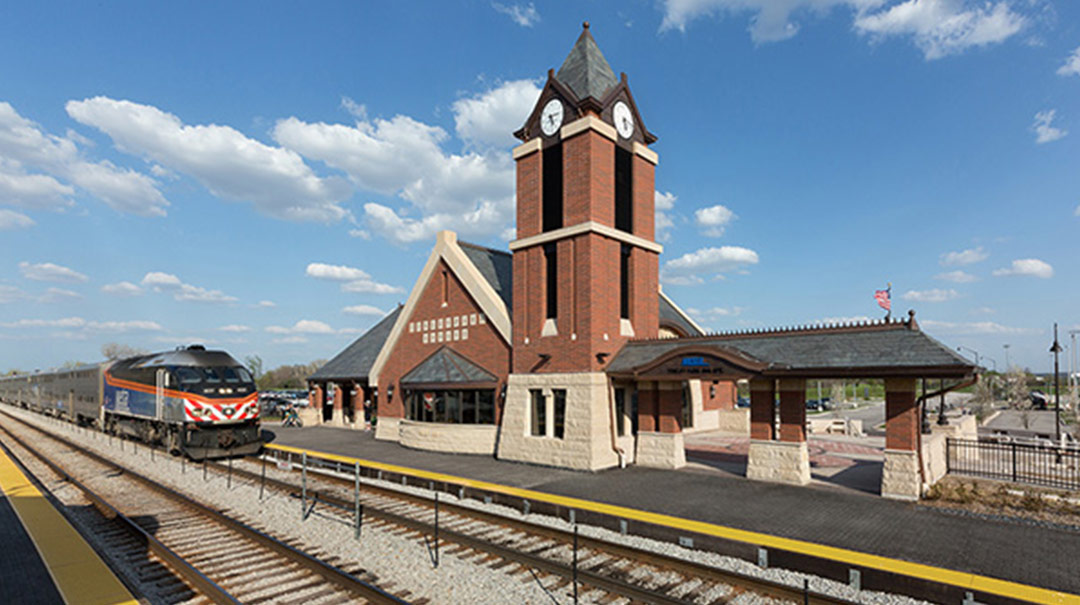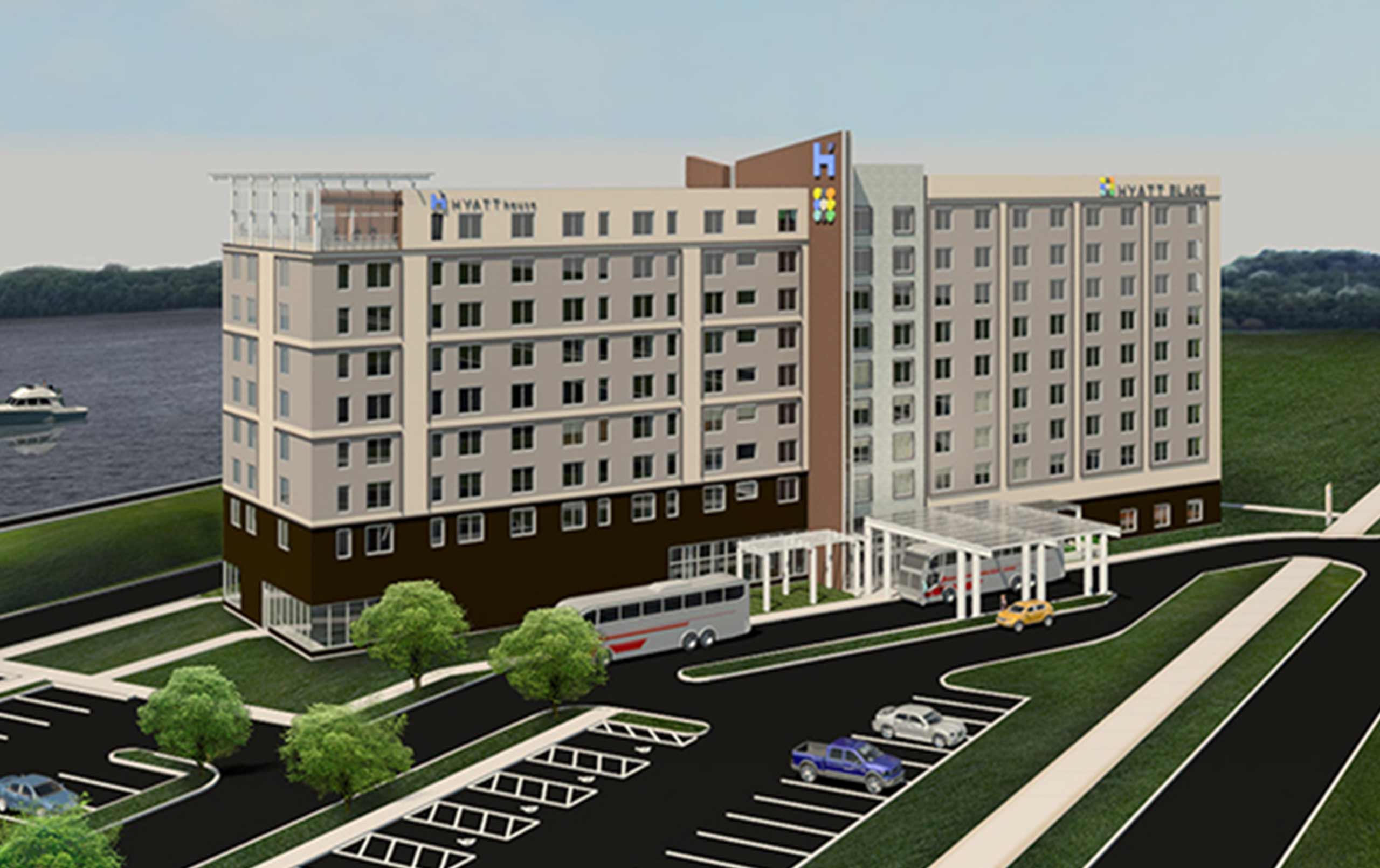
Merging 10-Year Health/Life Safety Reports, facilities master plans, and educational adequacy assessments enables Illinois school districts to optimize learning and budgets
Here’s a familiar scenario: an Illinois school district, aiming to create a facilities roadmap for the next 10 years, sets out to do a master plan replete with community engagement sessions.
There might, however, be a couple of things the district hasn’t considered … things that if ignored could dilute the effectiveness of master plan. Is, for instance, the time for the district to have its next 10-year mandatory safety assessment drawing near? Additionally, would the district like the facilities master plan to go beyond infrastructure and explore how facilities can better support educational programs?
Fortunately, if the answer to either of these questions is “yes,” there are ways to supplement the facilities master plan to the district’s advantage. The following is an exploration of three facility planning and assessment tools that, when combined, can save districts money, time, and frustration in the long run.

10-Year Health/Life Safety Report: A Mandatory Action for Immediate Safety
The Illinois State Board of Education requires school buildings to be surveyed every 10 years by a licensed architect or engineer. The goal is to ensure the facilities comply with health and life safety standards established by the Illinois School Code. Inspections cover everything from fire safety and structural integrity to electrical systems and environmental conditions. The resulting 10-Year Health/Life Safety Report prioritizes repairs and estimated costs to eliminate any safety hazards.

Facilities Master Plan/Long-Range Facilities Plan: An Optional Step for Long-Term Facility Development
Although the term “master plan” continues to be widely used, some districts find “long-range facilities plan” a more inclusive phrase. Regardless of the terminology, the objective remains the same: to create a comprehensive strategy that addresses the current and future school facilities and infrastructure needs. For this article, I will use the terms interchangeably.
Unlike the 10-year survey, the master plan considers demographic changes and future needs to support the district’s vision and mission. It typically starts with information gathering: conditions assessments, space utilization analyses, and security reviews.
The next facet of the long-range facility plan is community engagement sessions. This creates an opportunity to involve people who are for and against district plans and ideas. It also could include focus groups to help guide the process and build excitement. Potential contributors include administrators, educators, school board members, community members, parents, students, and facility professionals.

Educational Adequacy Assessment: Another Step to Protect the Investment
“The master planning process typically focuses solely on facilities and infrastructure,” said Rob Wroble, principal and project manager at Legat. “The addition of an educational adequacy assessment enables districts to take one step further to protect their investments.”
Legat’s adequacy assessment tool combines state-mandated requirements and district input to determine how well learning environments support educational programs and goals. We might, for example, determine whether existing facilities have adequate classrooms or specialized learning spaces to achieve district goals.
Ideally, an Accredited Learning Environments Planner (ALEP)—there are only 11 in Illinois at the time of this writing—will lead the adequacy assessment. The credential, issued by the Association for Learning Environments (A4LE), identifies architects who demonstrate the core competencies essential for planning educational environments.
When all three master planning facets (data collection, community engagement, educational adequacy assessment) are completed, the resulting document could include a phased implementation plan with cost estimates and prioritized improvement timelines to guide decision-making. This can set the foundation for preparing for a bond referendum or private fundraising.

The Benefits of Bridging
Districts can save time and money by combining 10-Year Health/Life Safety Surveys, facilities master plans, and educational adequacy assessments.
Many of the same professionals who would walk through and observe the buildings for the 10-year survey would also do so for the long-range facilities plan and potentially the educational adequacy assessment. Thus, conducting the assessments simultaneously streamlines the planning process.
“Often the results from 10-year surveys become line items in the facilities master plan,” said Wroble.
This translates to less time (and therefore less money) spent on separate evaluations and meetings. Similarly, hiring one consultant to lead all three components can result in lower fees (versus hiring separate firms for each task) by eliminating duplication of effort.
Additionally, the combined effort saves time in documentation and review processes: stakeholders only need to review one set of recommendations. The united report also enables more accurate budgeting by reducing the risk of unforeseen expenses.
And the savings continue when the time comes to kick off projects: coordinating projects from all three reports can optimize the use of labor, materials, and equipment to avoid redundancies and streamline projects. If a facility requires both safety upgrades and modernization, for instance, combining the projects can reduce downtime and contractor mobilization costs. Finally, addressing safety issues within the context of a long-term plan can prevent costly emergency repairs down the line.
Contact us to discuss 10-Year Health/Life Safety Reports, facilities master plans, or educational adequacy assessments.


